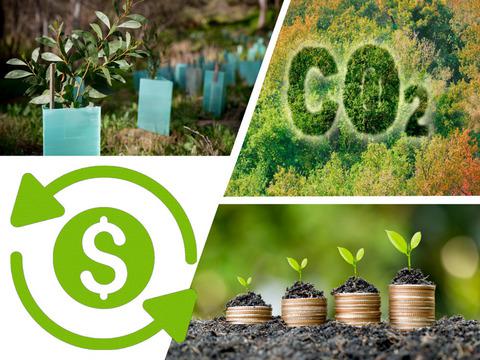当前位置:
X-MOL 学术
›
J. Appl. Ecol.
›
论文详情
Our official English website, www.x-mol.net, welcomes your
feedback! (Note: you will need to create a separate account there.)
The costs and benefits of restoring a continent's terrestrial ecosystems
Journal of Applied Ecology ( IF 5.0 ) Pub Date : 2021-09-13 , DOI: 10.1111/1365-2664.14008 Bonnie Mappin 1, 2, 3 , Adrian Ward 4 , Lesley Hughes 5 , James E. M. Watson 1, 3 , Peter Cosier 4, 6 , Hugh P. Possingham 1, 2
中文翻译:

恢复大陆陆地生态系统的成本和收益
更新日期:2021-09-14
Journal of Applied Ecology ( IF 5.0 ) Pub Date : 2021-09-13 , DOI: 10.1111/1365-2664.14008 Bonnie Mappin 1, 2, 3 , Adrian Ward 4 , Lesley Hughes 5 , James E. M. Watson 1, 3 , Peter Cosier 4, 6 , Hugh P. Possingham 1, 2
Affiliation

|
- The rise in global commitments to restore habitat underlines its importance to halt biodiversity loss and abate climate change. To effectively plan for landscape-scale restoration efforts, decision makers need to prioritise where restoration should occur and have a method to estimate its cost.
- Here, we describe a systematic approach to determine where cost-effective restoration actions should be located to achieve targeted levels of ecosystem coverage across Australia without compromising agricultural production.
- We find that spending approximately AU$2 billion (0.1% of Australia's 2019 Gross Domestic Product) annually for 30 years could restore 13 million ha of degraded land without affecting intensive agriculture and urban areas. This initiative would result in almost all (99.8%) of Australia's degraded terrestrial ecosystems reaching 30% vegetation coverage, enabling a trajectory to recover critical ecological functions, abate almost one billion tonnes of carbon dioxide equivalent and produce AU$12–46 billion net present value in carbon offset revenue.
- The carbon market revenue is estimated to cover up to 111% of the investment required for the restoration.
- Our research shows that the recovery of degraded ecosystems in Australia is both attainable and affordable.
- Synthesis and applications. With growing international restoration commitments, governments and environmental organisations need methods to plan and budget their commitments. Here, we present a systematic approach to determine where restoration actions should be located in Australia to achieve targeted vegetation coverage and quantify the expected costs, carbon abatement and revenue. This study is an important advance that will aid governments and environmental organisations by providing financial and spatial planning methods to progress their restoration commitments.
中文翻译:

恢复大陆陆地生态系统的成本和收益
- 恢复栖息地的全球承诺的增加突显了其阻止生物多样性丧失和减缓气候变化的重要性。为了有效地规划景观规模的恢复工作,决策者需要优先考虑应该在何处进行恢复,并有一种方法来估算其成本。
- 在这里,我们描述了一种系统方法,以确定应在何处开展具有成本效益的恢复行动,以在不影响农业生产的情况下实现整个澳大利亚的生态系统覆盖目标水平。
- 我们发现,在 30 年内每年花费大约 20 亿澳元(占澳大利亚 2019 年国内生产总值的 0.1%)可以在不影响集约化农业和城市地区的情况下恢复 1300 万公顷退化土地。这一举措将使澳大利亚几乎所有(99.8%)退化的陆地生态系统的植被覆盖率达到 30%,从而实现恢复关键生态功能的轨迹,减少近 10 亿吨二氧化碳当量,并产生 12-460 亿澳元的净现值在碳抵消收入方面。
- 碳市场收入估计最多可覆盖恢复所需投资的 111%。
- 我们的研究表明,澳大利亚退化生态系统的恢复既可以实现,又可以负担得起。
- 合成与应用。随着越来越多的国际恢复承诺,政府和环境组织需要方法来规划和预算他们的承诺。在这里,我们提出了一种系统方法来确定澳大利亚应在何处开展恢复行动,以实现目标植被覆盖并量化预期成本、碳减排和收入。这项研究是一项重要的进展,它将通过提供财政和空间规划方法来帮助政府和环境组织推进其恢复承诺。











































 京公网安备 11010802027423号
京公网安备 11010802027423号